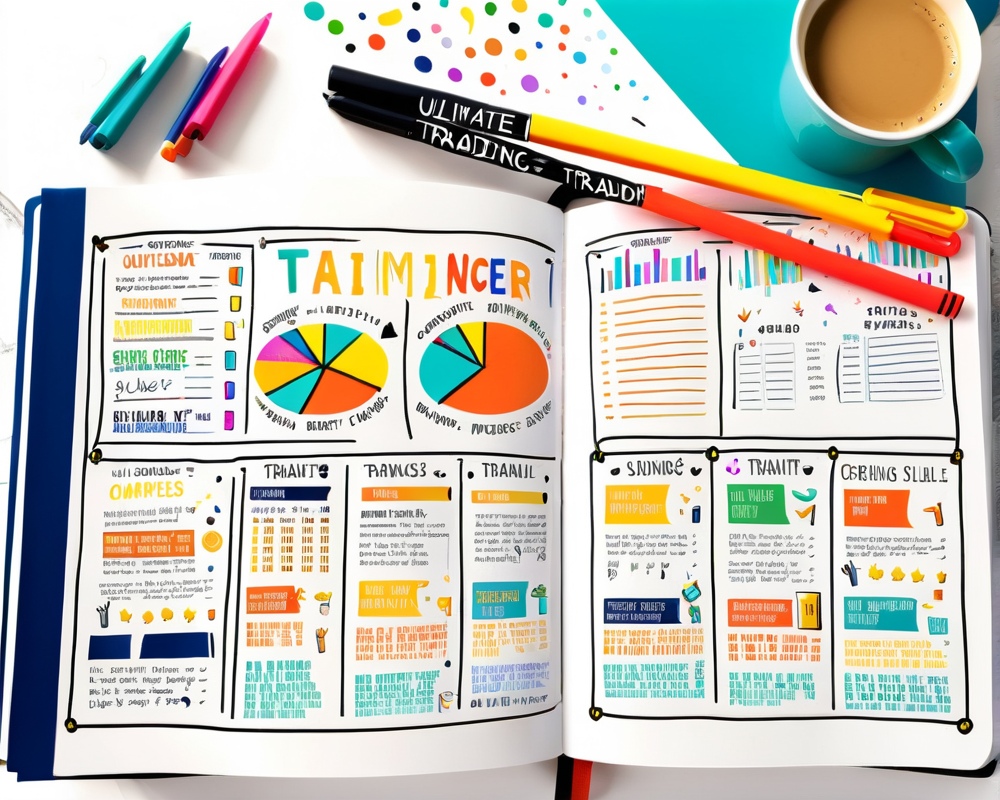Understanding the Trading Journal
A trading journal is more than just a fancy diary filled with numbers; it’s your personal trading mentor! It helps you keep track of your trades, decisions, and outcomes, providing you a comprehensive overview of your trading journey. Unlike brokerage statements that show profits and losses, your trading journal dives deeper, uncovering the strategy—or lack thereof—behind each trade.
Why Keep a Trading Journal?
So, why bother with a trading journal? Think of it as a magical map that guides you through the unpredictable terrain of the trading world. Here’s how it can lead you to treasure:
- Self-Evaluation: By recording your trades, you gain insights into your trading habits, strengths, and weaknesses.
- Emotional Control: A journal helps you keep those pesky emotions in check, preventing knee-jerk trading decisions.
- Pattern Recognition: Tracking your trades enables you to identify winning strategies and areas needing improvement.
- Accountability: It holds you responsible for your trading decisions, making you less likely to go rogue!
The Benefits of Maintaining a Trading Journal
Like a personal trainer for your trading habits, a trading journal provides numerous advantages:
- Unbiased Decision Making: Helps you make decisions based on data rather than gut feelings.
- Consistent Strategies: Keeps you aligned with your trading strategies, even when dollar signs blind you.
- Confidence Growth: Reflecting on positive trades reinforces your belief in your skills.
- Learning from Mistakes: Past blunders become the cornerstone of future successes.
How to Create Your Trading Journal
Crafting your trading journal is easier than it sounds—think of it as baking your favorite recipe, but with fewer burnt edges. Here’s what you need:
- Choose Your Tool: Whether it’s Microsoft Excel, Google Sheets, or a simple notepad, select what feels right for you!
- Define Key Metrics: Your journal should include essentials like instruments traded, date and times, trade direction, entry and exit prices, trade size, profits and losses, and personal notes.
- Screenshot Your Charts: Attach visuals to your trades; after all, a picture’s worth a thousand trades.
Maximizing Your Trading Journal
It’s not enough to just create a journal; you must use it like a pro. Here’s how to extract maximum value:
- Regular Reviews: Consistently assess your journal entries to track advancements and avoid pitfalls.
- Adjustments & Updates: Tailor your journal to meet your evolving trading style and needs.
- Learning Cycle: Use your journal to reflect not only on profits but also what went wrong and why.
A thriving trading journal is a living document. Update it frequently, treat it with care, and watch as your trading craft flourishes.




